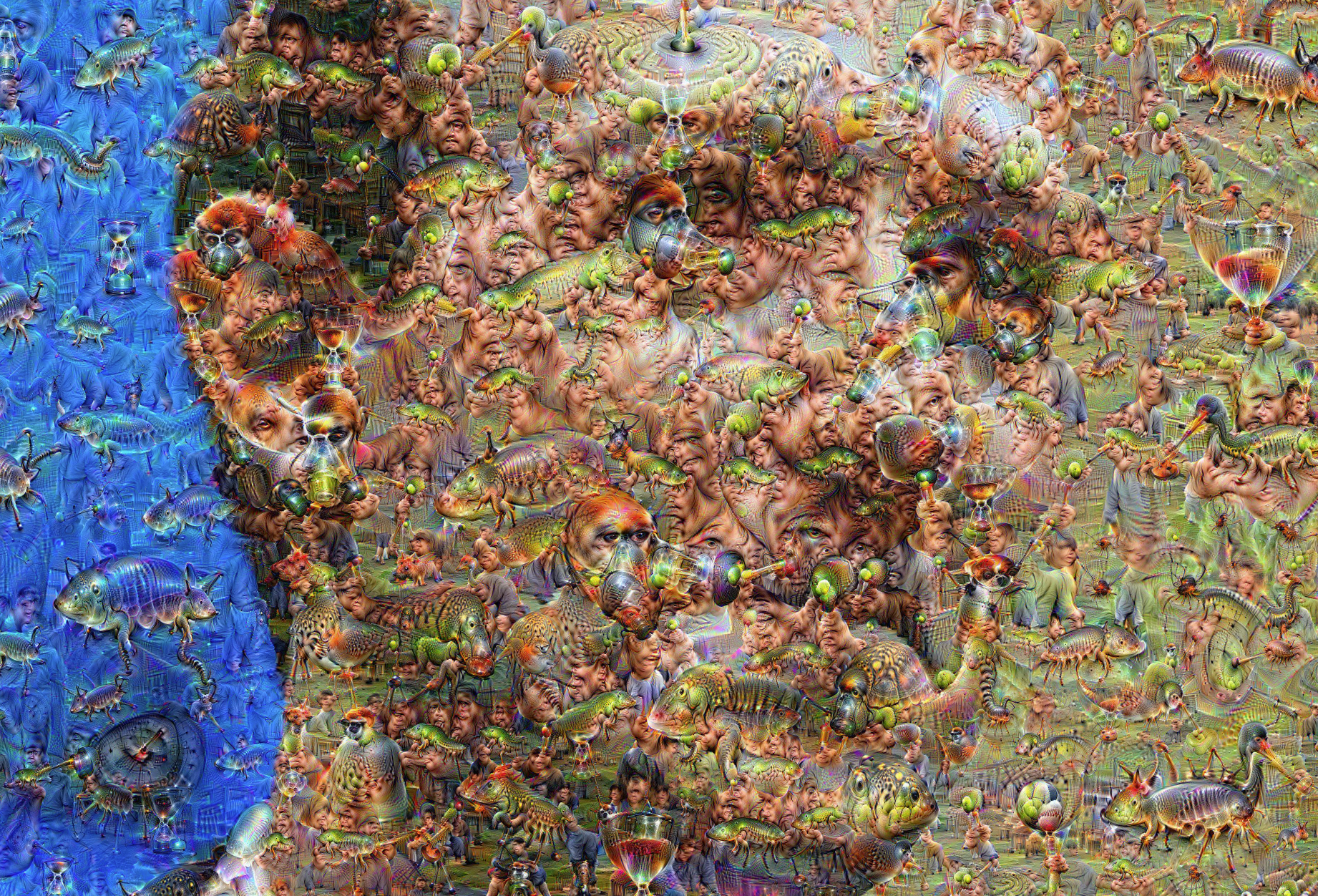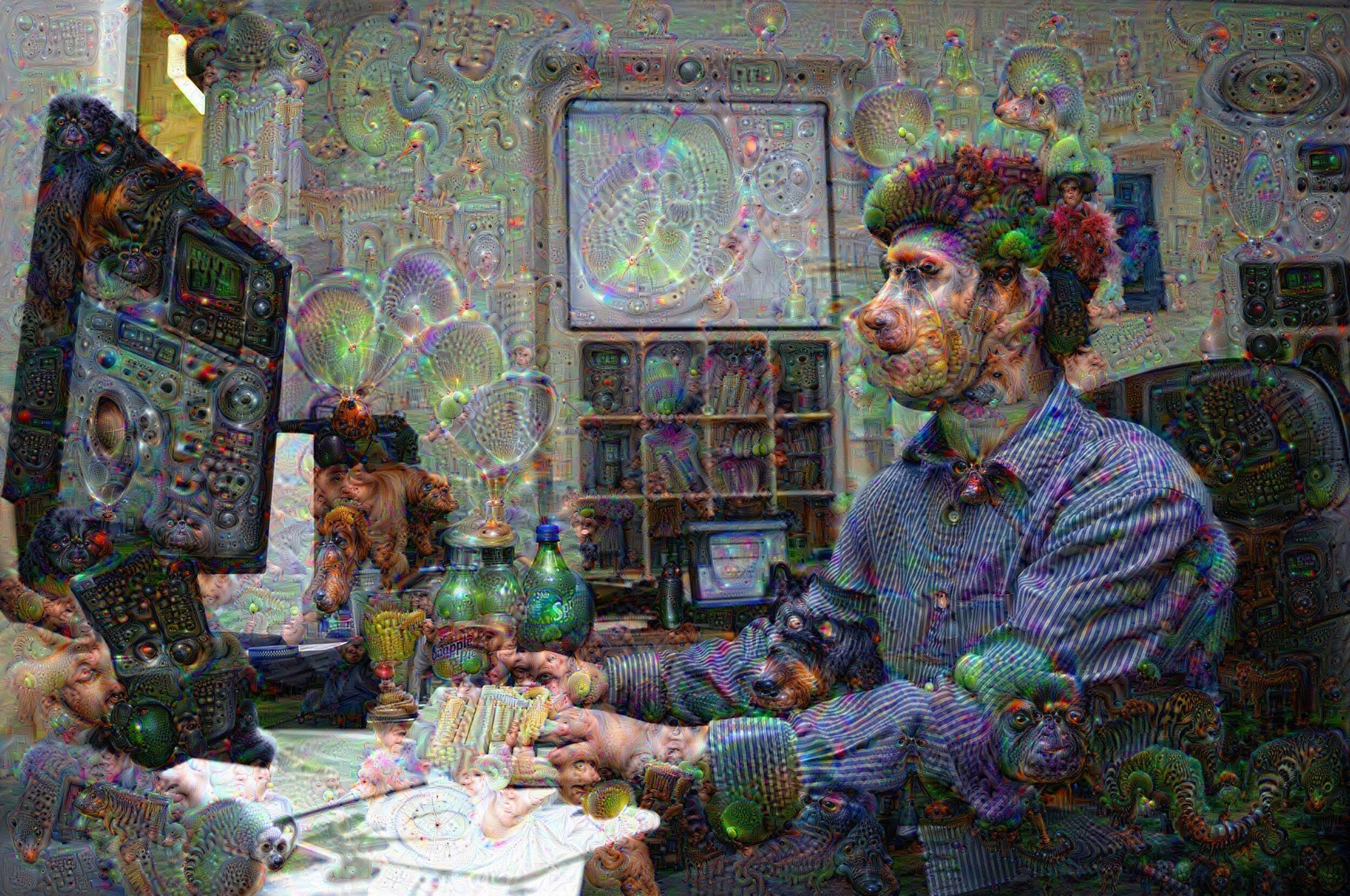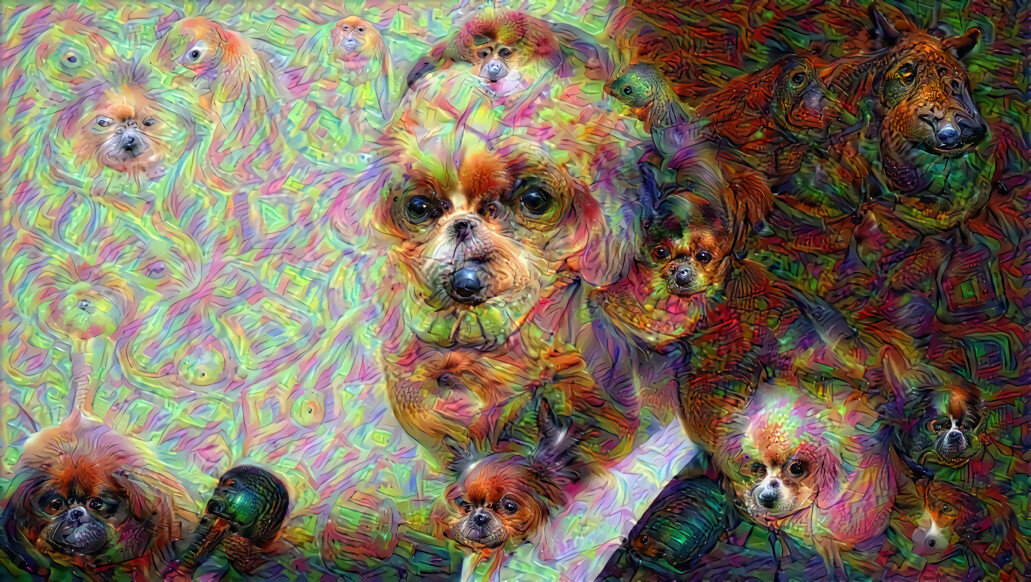Zuckerberg Dreams
[A version of this text was published on my blog, A Bigger Camera.]
Say you were dumb, I mean really dumb, computer dumb, literally dumb as a rock, albeit one with some lines scratched into it. And say I showed you ten pictures of dogs–and I told you they were all dogs–and ten pictures of cats–and I told you those were all cats–and then I showed you one more…would be able to tell me whether the new one was a dog or a cat?
If you were truly computer dumb you wouldn’t have a clue. Your guesses would be little better than random, mental coin tosses and a hopeful expression.
But you aren’t computer dumb. The youngest child, ones too young to write, too young to read, even too young to speak in anything approximating a sentence, can tell a dog from a cat with almost perfect accuracy.
Computers though, really are computer dumb. They seem so smart sometimes–and so much work has been put into trying to make them smart–but really they are dumb rocks, just very fast dumb rocks with incredible memories.
A funny thing happens, though, when you show computers more pictures of cats. Show them ten pictures and they are bewildered. Show them a hundred and there is no improvement. Show them a thousand and maybe they are a little better. But show them a million dogs and cats, show them one hundred million dogs and cats and suddenly they know dogs and cats. They know them if seen from the front, they know them if seen from the rear, then know them up close, they know them from afar.
But to do any of this you need data, lots and lots of data. A crazy amount of data. For example, if you wanted to train a computer to recognize faces (so you could match up these faces later with real people) you would be smart to offer a free online photo service where people could share their phone images with friends and family. Without clearly telling people (because they might find it creepy and not use your service) you would mine this vast resource–Facebook alone has 350 million photo uploads a day–for all sorts of Deep Learning magic, all tied to the accounts of real people and to all their friends and associates.
And recognizing faces is oh so just the beginning.
In 2015, the Google AI Blog posted a research paper entitled “Inceptionism: Going Deeper into Neural Networks” which described an unexpected discovery made about the “neural networks” that undergird Deep Learning.
You could train a neural network to recognize cats vs dogs but you could also “turn the network upside down” and ask the network to find a dog or a cat in an image–force it to find a dog or a cat, even if there was no dog or cat–and then to display the thing it found in the image. In the extreme case you could start with a picture of colored static–random pixels–and the upside-down network would find stuff. And if you feed that resulting image back into the neural network as a new input you found magic.
It was useful no doubt as a diagnostic tool in building these neural networks but, my god, it produced such cool, alien, DeviantArt images, starting from almost anything. Each time you ran the program–later called Deep Dream–you got different results, and you could choose different “layers” of the Dream and let the Dream run for longer and shorter times, all of which resulted in different kinds of magic.
Last year I was working on a book project that veered from being about Donald Trump to being more about the polarization of society due to technologies like Deep Dream and it struck me that it might be fun to take this technology and apply it to Mark Zuckerberg himself.
And so I did. I ran three computers at once–my computers were slow and the Deep Dream program is computationally intensive–and I ran them for days for a single image, weeks to build up a collection of them.





